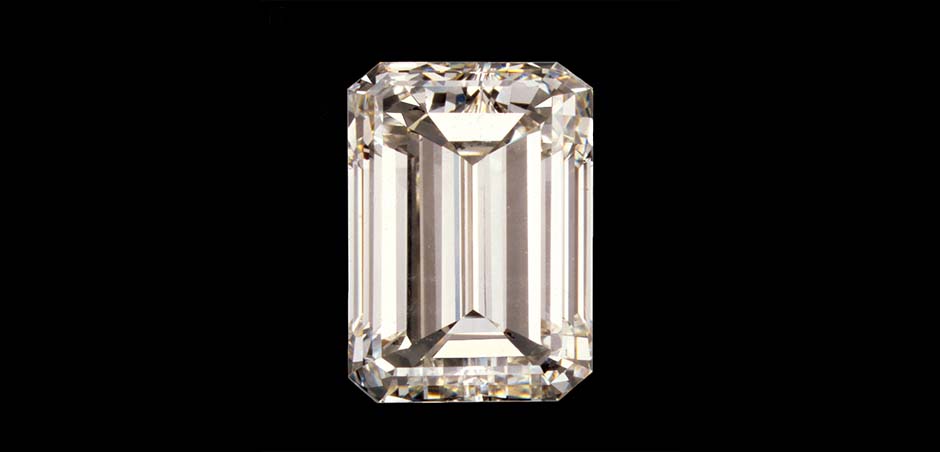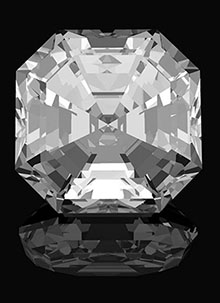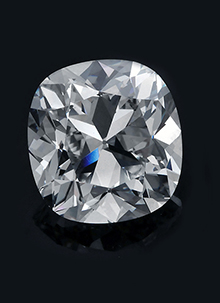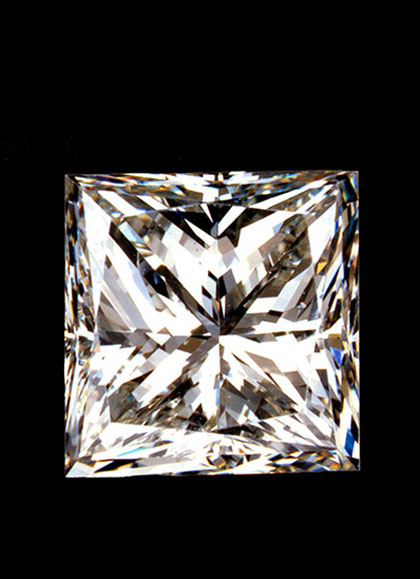DESCRIPTION ABOUT EMERALD DIAMOND
As may be evident by the name, the "emerald cut" was originally developed for cutting emeralds, not diamonds. While the emerald gemstone is a relatively hard stone (7.5 - 8.0 on the MOHS scale), it is known for numerous inclusions (naturally occuring internal flaws). The inclusions make the stone vulnerable to breakage, making them difficult to cut. The stepped, normally rectangular cut with cropped corners (shown above), known as the "emerald cut" was developed to address these issues. It was soon discovered that the emerald cut was also suitable for other stones, including diamonds. The emerald cut diamond can be absolutely stunning. Because of it's long lines, it tends to be less fiery than a "round brilliant" cut, but it also tends to have broader, more dramatic flashes of light. The trim lines of emerald cut diamonds lend an elegant, sophisticated air to both the simplest and most elaborate ring settings.
Choosing an Emerald Cut Diamond
When purchasing an emerald cut diamond, it's extremely important to pay attention to quality and to select the highest grade stone you can afford. Because of the "openess" of the cut, flaws, color weakness, and a poor cut are more evident to the naked eye than a cut such as the round brilliant. The good news is, emerald cut diamonds are not as "traditional" as the round brilliant or as trendy as the princess cut -- making their pricing extremely economical when compared to the more common cutsOur Products
-
Asscher Diamond
The "Asscher cut diamond" was developed in 1902 by the Asscher Brothers of Holland. -
Cushion Diamond
Until recently, it was difficult to find Cushion Cut Diamonds for sale outside of estate sales. -
Princess Diamond
Most square or rectangular cuts just don't live up to the round brilliant for sparkle.




